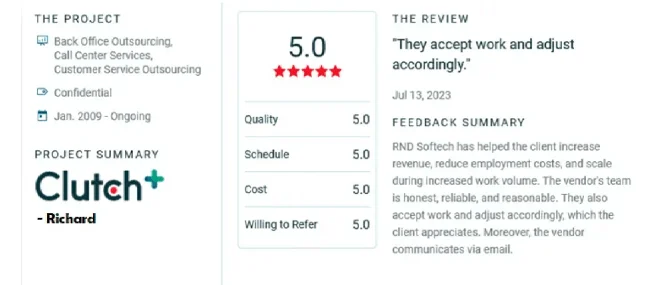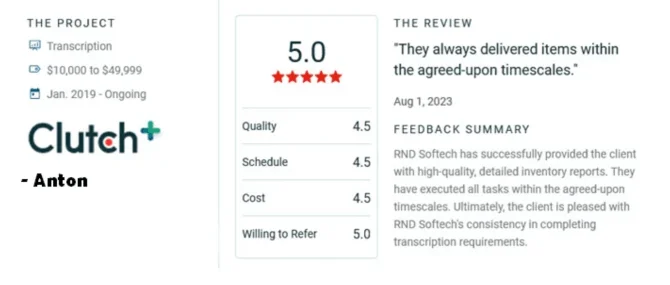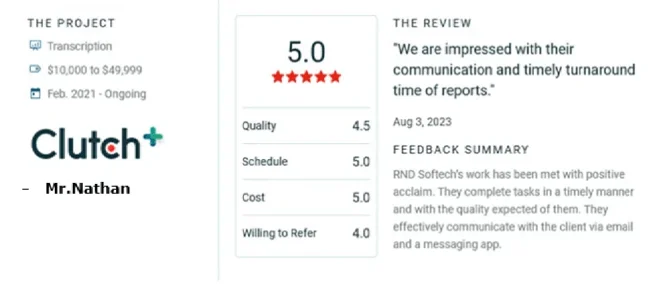Clear conversation about billing, including pre-payment estimates and detailed statements, ensures patients understand their responsibilities. Accepting various payment methods, providing information on financial programs, and using technology like online payment platforms and automated reminders can enlarge convenience.
By systematizing collection practices and offering support, healthcare providers can gain trust, improve patient satisfaction, and encourage on-time payments.
Why do you need to create a patient-friendly payment policy?
Healthcare providers have long understood that a clear and transparent payment policy is essential for patient satisfaction. A client-focused approach to payment can help build trust, nurture loyalty, and ensure that patients receive the care they need without the stress of economic burden.
Moreover, a patient-friendly payment policy can improve healthcare providers' cash flow. By providing clear and straightforward payment methods, practices can reduce the administrative burden associated with payment and collection. Patients are more likely to meet their financial obligations when they feel supported and understood.
Offer flexible payment options.
An essential aspect of a patient-friendly payment system is flexibility. There are many options to consider.
-
1. Payment management: By allowing patients to pay in multiple ways, practices can reduce the immediate financial burden on patients. This approach makes health care accessible, especially for those without insurance or high deductibles.
-
2. Sliding scale fees: Using a sliding scale based on patient fees can help ensure everyone can access needed services. This initiative generates goodwill in the community and encourages access to quality health care.
-
3. Acceptance of multiple payment methods: Patients expect convenient payment methods in today's digital age. Accepting credit cards, digital wallets, and automatic payment systems updates the payment process and can enhance the patient experience.
-
4. Transparency of expenses: Clear and concise payment terms can eliminate confusion and frustration. Providers can improve patient satisfaction and confidence by providing detailed explanations of charges and disclosing any additional costs.
-
5. Financial counseling: Good communication can be further supported by having a dedicated team to help patients understand their costs and explore payment options. Patients encourage guidance and insight when faced with financial decisions regarding their health.
Benefits of a patient-friendly payment policy
Implementing a patient-friendly payment policy has significant advantages for providers and patients.
-
Increased patient satisfaction: Patients who feel valued and understood are more likely to return for future care and recommend the practice to others.
-
Improved payment compliance: Flexible payment options encourage timely payments, resulting in a healthier revenue cycle for the practice.
-
Enhanced reputation: Practices known for their compassionate approach to billing can improve their reputation in the community, attracting new patients who value empathy and understanding.
Challenges to consider
While the benefits of adopting a Patient-friendly payment policy are clear, there are challenges to navigate.
-
Administrative changes: Transitioning to a more flexible payment model may require administrative processes and staff training changes.
-
Financial risk: Offering payment plans may pose a financial risk if patients default on payments. However, thorough screening and precise policies can mitigate this risk.
-
Communication: Effectively communicating changes to existing policies and ensuring that all staff members are on the same page can be challenging. Ongoing training and support will be essential.
Role of RCM - Medical Billing Agents in implementing patient friendly payment options
More payment options:
RCM operators offer a variety of payment options including credit cards, online payments and mobile apps. This flexibility allows patients to choose what works best for them, facilitating stress-free payments.
Simple payment plan:
RCM staff establishes payment plans for patients who cannot afford to pay all at once. These allow patients to pay smaller, more manageable bills over longer periods, making healthcare more affordable and reducing budgetary pressures.
Clear and Easy Pay:
RCM staff ensures that billing is clear and accessible, as well as breaking down what insurance pays and what the patient is responsible for. This transparency helps avoid the
Cost of wonder.
Pre-treatment cost estimates:
RCM professionals provide patients with an up-front estimate of their medical costs, including cost-sharing and out-of-pocket expenses. This allows patients to prepare and avoid unexpected financial stress.
Financial and Insurance Support:
To ensure that claims are processed accurately, RCM specialists work closely with insurance providers. They can also refer patients to charitable organizations or financial aid programs, which helps reduce the costs of care for those in need.
Conclusion
Creating a patient-friendly payment policy is not just a luxury but a necessity in today's healthcare environment. By offering flexible payment options, healthcare providers can foster stronger relationships with their patients, promoting better health outcomes and increased satisfaction. While there will be challenges along the way, the long-term benefits for both patients and providers far outweigh the difficulties. Together, we can create a more compassionate healthcare system that prioritizes patient needs and fosters a sense of community and trust.














